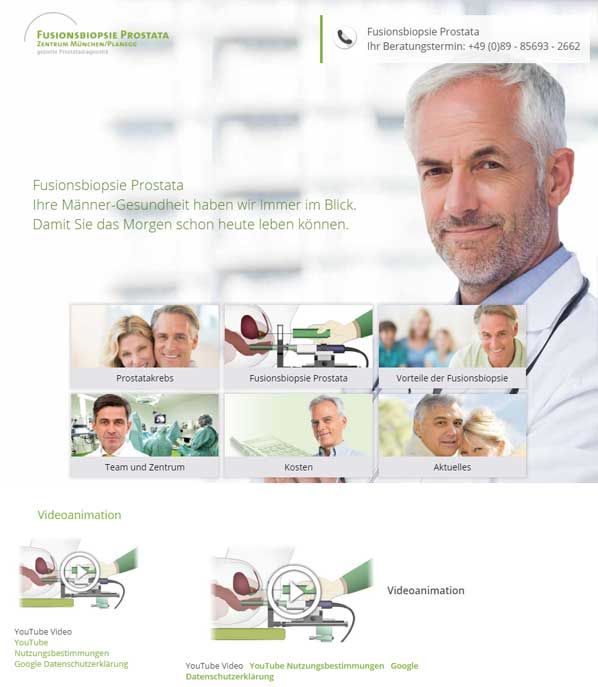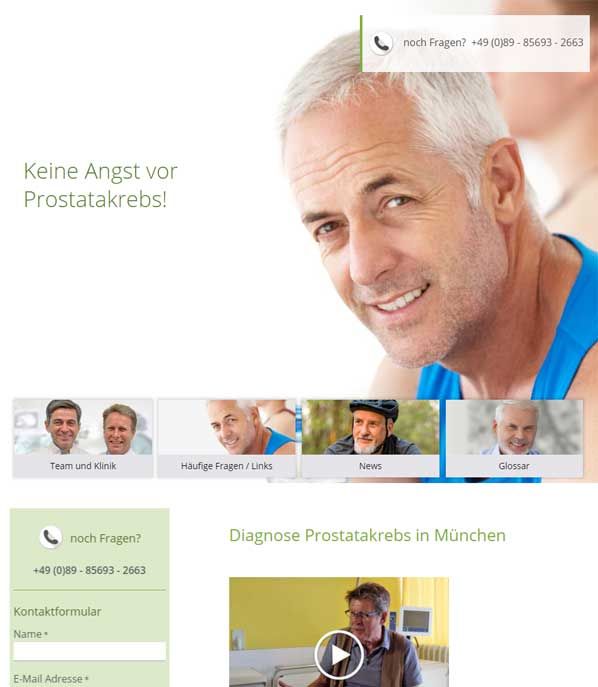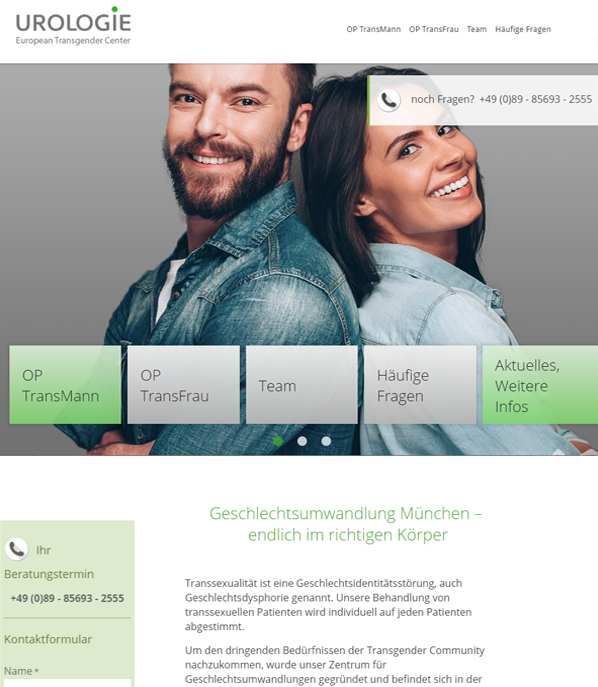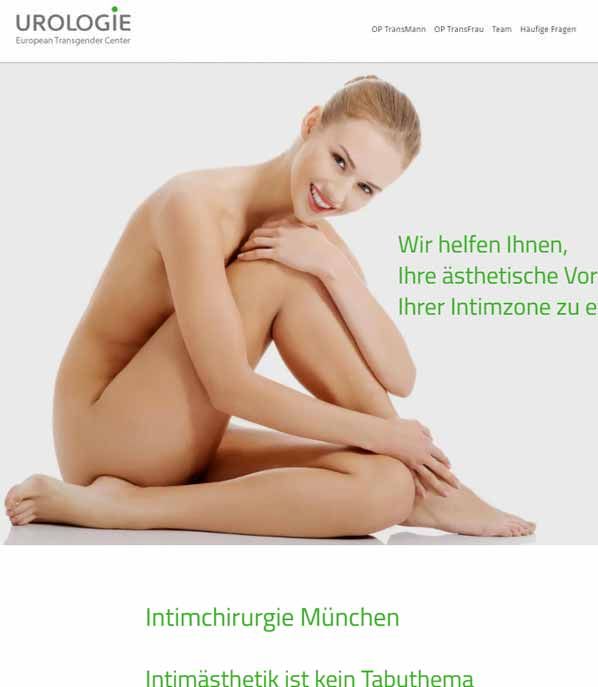How are urethral strictures treated ?
The treatment method selected for urethral stricture surgery depends greatly on the position and extent of the stricture. For this reason, it is essential to obtain an exact diagnosis.
If the patient is suffering from acute urine retention, in other words he is fully incapable of emptying his bladder, he must consult a urologist immediately. Should it be impossible to insert a urethral catheter, it will be necessary to puncture the bladder above the pubic bone in order to insert a suprapubic catheter.
The first attempt at treating short-path strictures once any necessary acute catheter insertion has been dealt with is usually in the form of a transurethral cut (uretrothomia interna after Sachse). This surgical technique involves carefully scoring the urethra with a knife under direct vision at the 12 o’clock position. Occasionally, laser procedures may also be used. Subsequent regular dilation of the stricture by means of a catheter (bouginage) may lead to stabilisation of the surgical outcome. The performance of bouginage alone is rarely successful. Slitting of the urethra also frequently only leads to a recurrence of the stricture within three years. Although this procedure can theoretically be repeated any number of times, the results are always poorer, i.e. the stricture becomes a little bigger with each cutting procedure.
In the case of a long-path narrowing or recurring stricture, open surgical reconstruction of the urethra will be needed. The procedure itself is in turn dependent on the length of the stricture and its location. In the majority of cases, complete recovery from a urethral stricture is possible after a single operation (single-step urethral operation). With short-path strictures, it is often possible to cut away the narrowed section and sew the two resulting ends together (end-to-end). If the stricture is over 1 cm in length, it will be necessary to reconstruct the constricted portion of the urethra that has been cut away. The substitute tissue can be taken from the oral mucous membrane or the foreskin of the penis (inner sheet of the prepuce). Long-term recovery rates are up to 90% depending on the location and extent.
In rare cases involving very extensive scarring or congenital malformation of the urethra, a two-step operational procedure may be necessary. In the first operation, which is of a preparatory nature, skin is laid in the bed of the urethra. Once the tissue has healed, it is formed into a closed tube (Johanson I and II).
How are strictures of the bladder neck/anastomotic strictures treated?
Strictures in the area of the bladder opening or anastomotic strictures after radical prostate removal can generally be treated through the urethra. Incisions are cut into the bladder opening at the 12, 4 and 8 o’clock positions. Should this not lead to the desired long-term results, it may be necessary to perform an operation (open anastomotic revision) in this case too.







